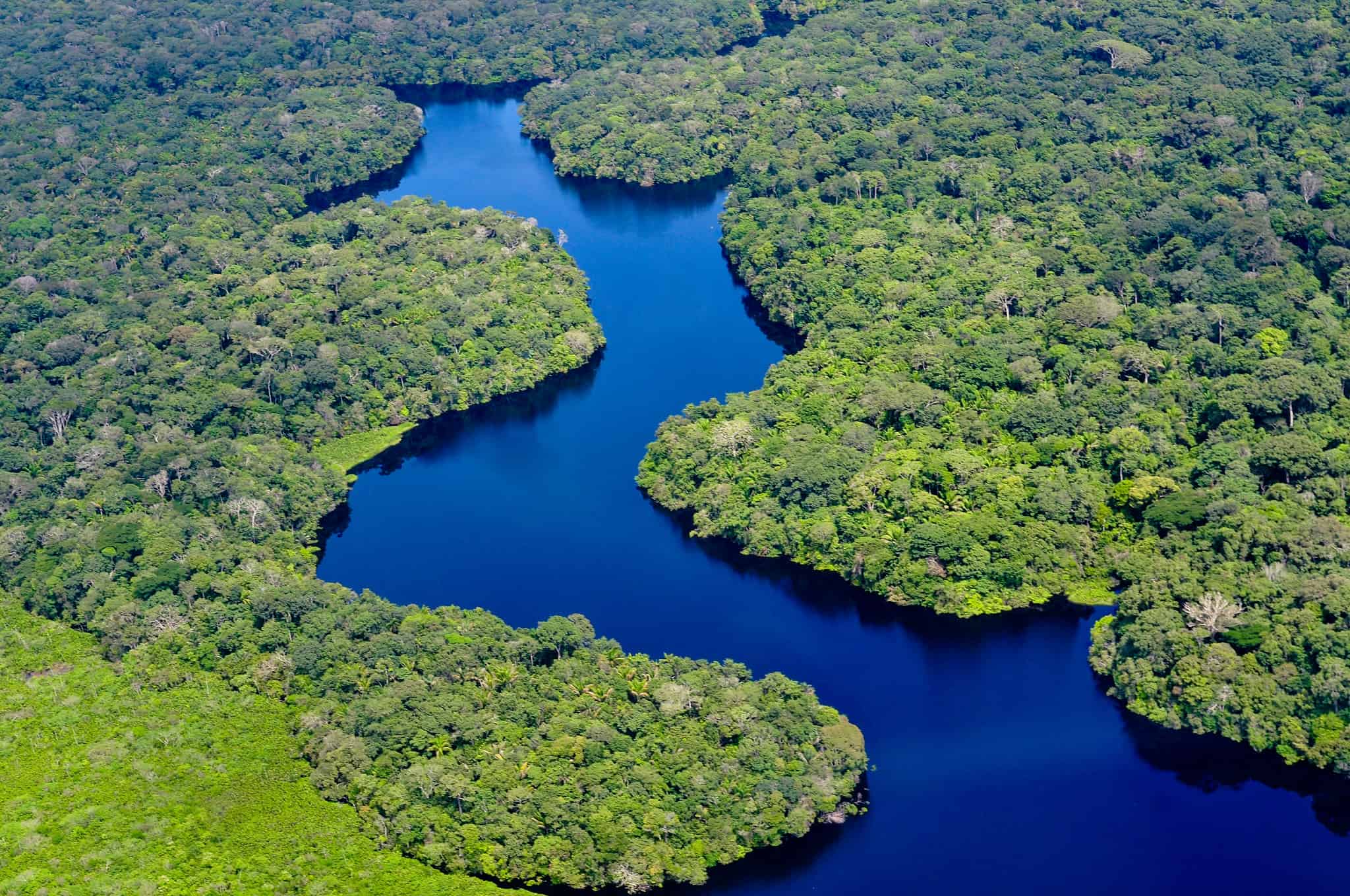About 500 square kilometers (193 square miles) of tropical rainforest were cleared in Brazil’s share of the Amazon in July. This is a 66% decline compared to the same period a year ago. In fact, this is the lowest Amazon deforestation for July since 2017. The plunge is very promising, as Amazon deforestation often increases at this time of the year, when the weather turns drier.

Lula da Silva became Brazil’s president back in January and ever since, deforestation has dropped sharply. His government has vowed to stop deforestation, which increased under the previous president, Jair Bolsonaro. Cattle ranching and soybean crops expanded their ranges during Bolsonaro’s time in office, leading to higher deforestation rates.
The Amazon is the world’s largest rainforest and Brazil is home to two-thirds of it, in which most of the deforestation has occurred. It’s a biodiversity hotspot, with at least 10% of the world’s known biodiversity, and its rivers account for 15% of the world’s total river discharge into the oceans. In a nutshell: a very important place for the entire planet, not only for Brazil.
Brazil’s national space research institute, INPE, tracks changes in the forest’s cover through satellite data. The total deforestation detected in the first seven months of the year reached 3,149 square kilometers — 42% less than the same period last year. It’s still a lot but it shows a change of pace from the scary trends from the Bolsonaro era.
Marina Silva, Brazil’s Environment Minister, told reporters in a news conference that government policies, such as more surveillance and stronger fines, played a big role in bringing down deforestation rates. “It is the end of the expectation of impunity,” Silva said. Environmental organizations agreed, describing the news as very promising.
“The fact that we’re still seeing these massive declines compared to last year and previous years in July, I think is very significant. Lula and his administration are taking deforestation much more seriously than his predecessor,” Mikaela Weisse, the director of the World Resources Institute’s (WRI) Global Forest Watch, told CNN.
The challenges for the Amazon
The presidents of eight countries that have a share of the Amazon rainforest — Bolivia, Brazil, Colombia, Ecuador, Guyana, Peru, Suriname and Venezuela — will meet this week over proposals to block new oil drilling and end deforestation. They will try to create united goals, policies and positions to protect the rainforest better.
Speaking at a pre-summit meeting last month, Colombian President Gustavo Petro asked his Brazilian counterpart Lula da Silva to stop all new oil development in the Amazon. Brazil is considering exploiting offshore oil near the Amazon River. “Are we going to let hydrocarbons be explored in the Amazon rainforest?” Petro asked.
For his part, Lula is asking for all Amazon countries to pledge an end to deforestation by 2030. Only Bolivia and Venezuela haven’t made that commitment. For Bolivia, this could be a problematic issue, as deforestation rose 32% last year, according to Global Forest Watch. The country has seen an increase in agriculture and forest fires. Meanwhile, Venezuela is still struggling with major economic woes. The two countries have issued a joint call last year, pledging to save the Amazon Forest, but stopped short of a full commitment.


